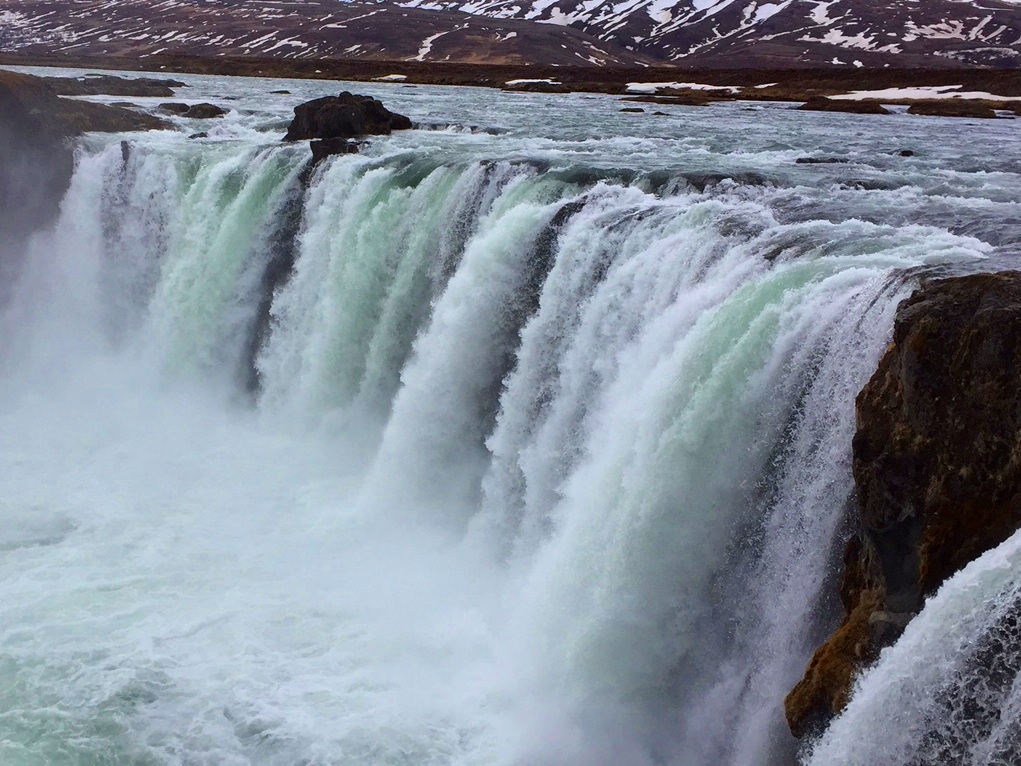Evaluation and Treatment of Shoulder Injuries (Reykjavik, Iceland)
Reykjavik, Iceland
Iceland is one of the most beautiful places on earth. It has stunning views, glaciers, waterfalls, fjords, and a unique culture that is both traditional and modern. Iceland has over 120 geothermal hydrotherapy facilities spread across a diverse and beautiful landscape.
Evaluation and Treatment of Shoulder Injuries
A lot of our clients suffer from chronic rotator cuff injuries that seem to stubbornly persist using conventional massage techniques. Learn precise and specific orthopedic assessments and thumbs-free techniques to identify and successfully treat some of the most common injuries to the subscapularis, supraspinatus, infraspinatus, teres minor, long head of the biceps, and acromioclavicular joint. The class will include a review of rotator cuff anatomy, palpation of the rotator cuff muscles and related structures, and instruction in appropriate treatment massage techniques to treat the soft tissue lesions. You will also receive a detailed 30-page handbook for future reference.
"This shoulder class was the best class and instruction I've ever had." - Deborah Luger
“Great presentation, very informative, and very in-depth”. - Daniel Gauvin
"This is the best Continuing Education workshop I've taken, out of 120+ CE hours." - Julio Otazo
Instructor: Brian Utting
CE hours: 8 (NCBTMB-approved for CE credit)
Date and Time: Saturday, May 10, 9:45am-6:30pm. The class will be held at Nuddskoli, which is about 4 blocks from Laugardalslaug, Reykjavik’s best municipal geothermal pool complex.
1-Day Tuition & Registration: 28.000ISK (~$200USD), with a $100USD (~$14.000ISK) non-refundable deposit.
2-Day Tuition & Registration: 48.000ISK (~$340USD) if you are registered with a $200USD (~28.000ISK) non-refundable deposit by May 1st, 2025.
Reviewers discount: Reviewers may register for both classes for 42.000ISK (~$300USD) with a $200USD (~28.000ISK) non-refundable deposit by May 1st, 2025.
Current Nuddskoli students also receive a tuition discount; contact Finnbogi in Reykjavik for details.
Questions: If you have questions, you can contact Finnbogi in Reykjavik at nudd@nuddskoli.is, or contact Brian in Seattle at info@pnwschool.com.
Please note that you are responsible for your own travel and lodging arrangements for your stay in Reykjavik.
Please note that your deposit will be paid in USD and the balance is due at class, payable to Finnbogi if in ISK, or to Brian if in USD.
Deposits are non-refundable and non-transferable. If you cancel within 48 hours of the class, you will be liable for the full tuition.
Once you’ve clicked the “Add to Cart” button below, scroll to the top of the page and locate the cart icon in the upper right corner, then click to process check out.












